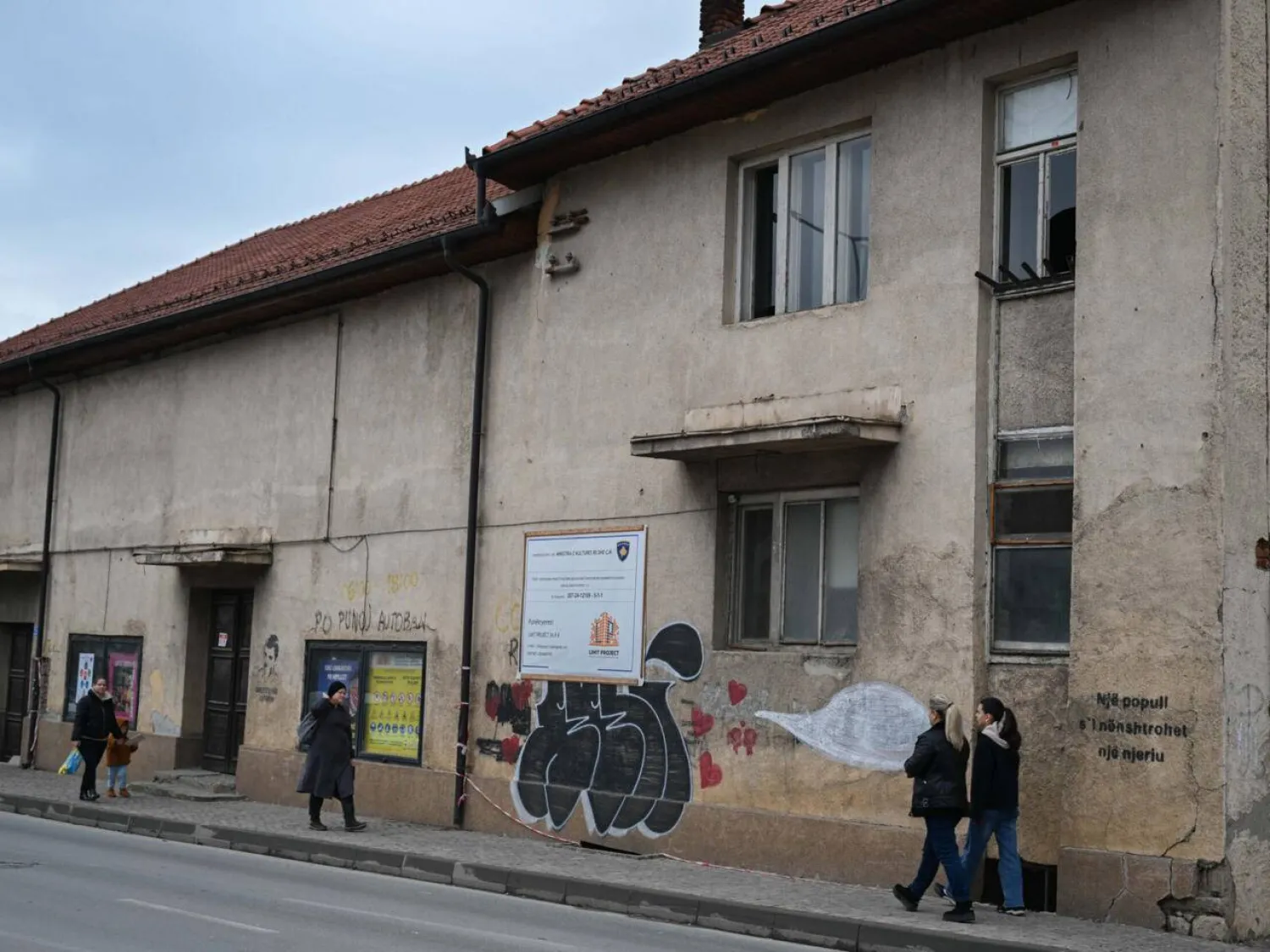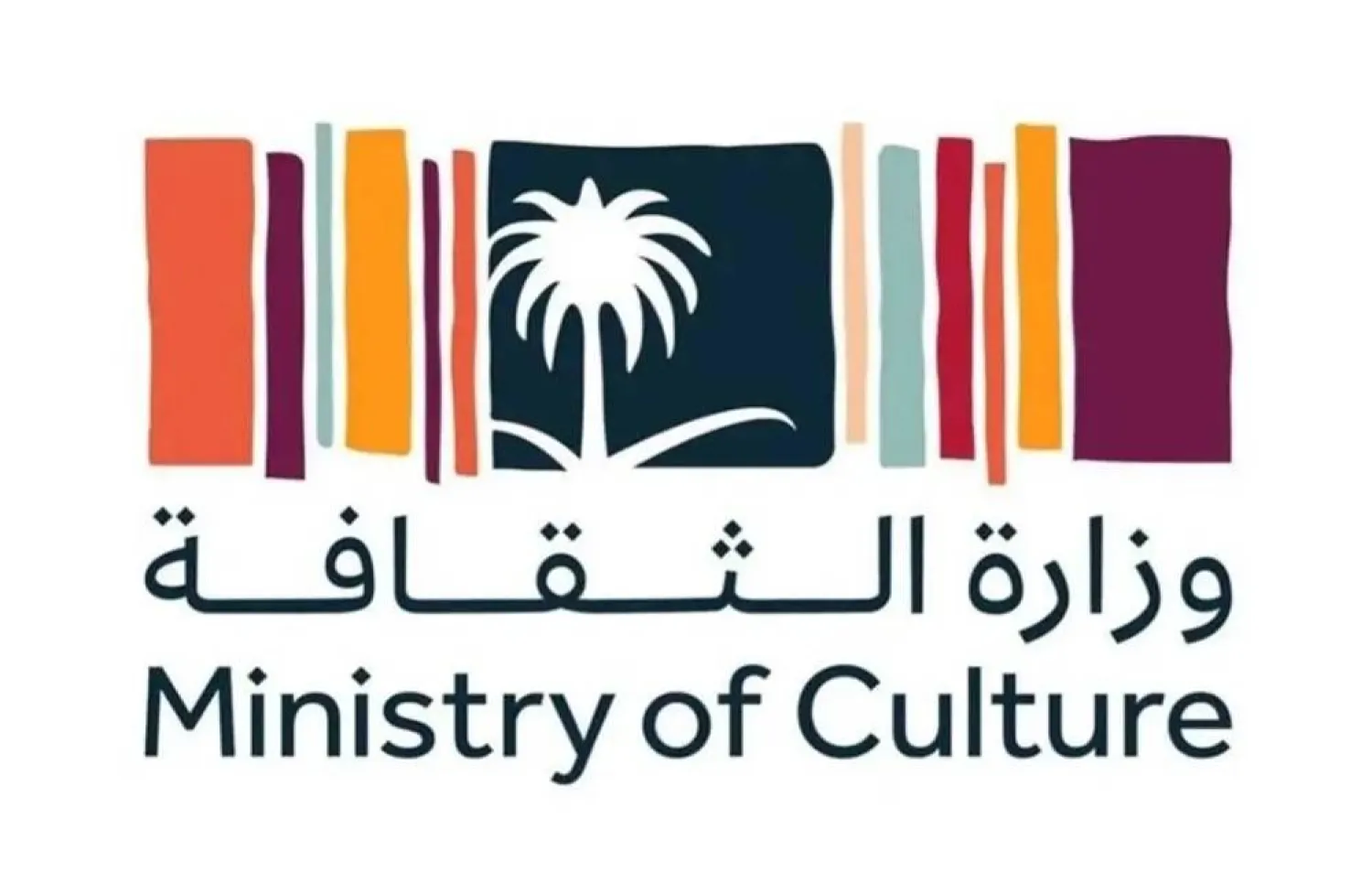The Alexandria Heritage Week celebrates the landmarks of Alexandria, one of the most beautiful cities on the Mediterranean, with seminars, exhibitions, theater performances and musicals.
The event, which kicked off on Sunday, is organized by the Center for Alexandrian Studies, and hosted by the Graeco-Roman Museum that was reopened on October 11.
Dr. Walaa Mustapha, director general of the Graeco-Roman Museum, told Asharq Al-Awsat that the week is curated by several organizations including the Alexandria National Museum and the French Cultural Center in order to revitalize the Alexandrian heritage on different levels through exhibitions, seminars and cultural activities.
Mustapha highlighted that this celebration is the first since the reopening of the museum, noting that it will include a theater show in which partakes a music group from the Great Library of Alexandria.
“We signed a protocol with the Tourism Development Authority to plan visits to the Alexandrian museums including the Graeco-Roman Museum,” she said, noting that “this remarkably contributes to revitalizing the Alexandrian heritage.”
Alexandria boasts a large number of museums, such as the Alexandria National Museum, Graeco-Roman Museum, Royal Jewelry Museum, as well as the Antiquities Museum at the Great Library of Alexandria.
Dr. Hassan Abdul Bassir, Egyptologist and director of the Antiquities Museum, told Asharq Al-Awsat that this annual celebration places the Alexandrian landmarks under the spotlight.
The Graeco-Roman Museum was established in 1892, during the rule of Khedive Abbas Helmy II, to preserve the antiquities discovered in the city between the 3rd century BC and the 3rd century AD. It was closed for restoration in 2005 and reopened last month.
The Alexandrian Heritage Week embraces an exhibition displaying the works of late Artist Mahmoud Said, depicting various historic sketches inspired by the exhibits of the Graeco-Roman Museum.
According to Abdul Bassir, Alexandria’s connection with the Mediterranean from all sides has made it an icon of civilization and culture as wanted by its founder, Alexander the Great. The Great Library of Alexandria and its Antiquities Museum are collaborating on this event, he noted.
As part of the Alexandria Heritage Week, “The Bassili Palace 110, Silk Road” was opened at the Alexandrian National Museum by Dr. Ashraf al-Kadi, director of the museum.
“The exhibition is designed to focus on the palace and its history through paintings, documents and photos that belonged to the palace’s owner, Assad Bassili Pacha,” Kadi noted.









